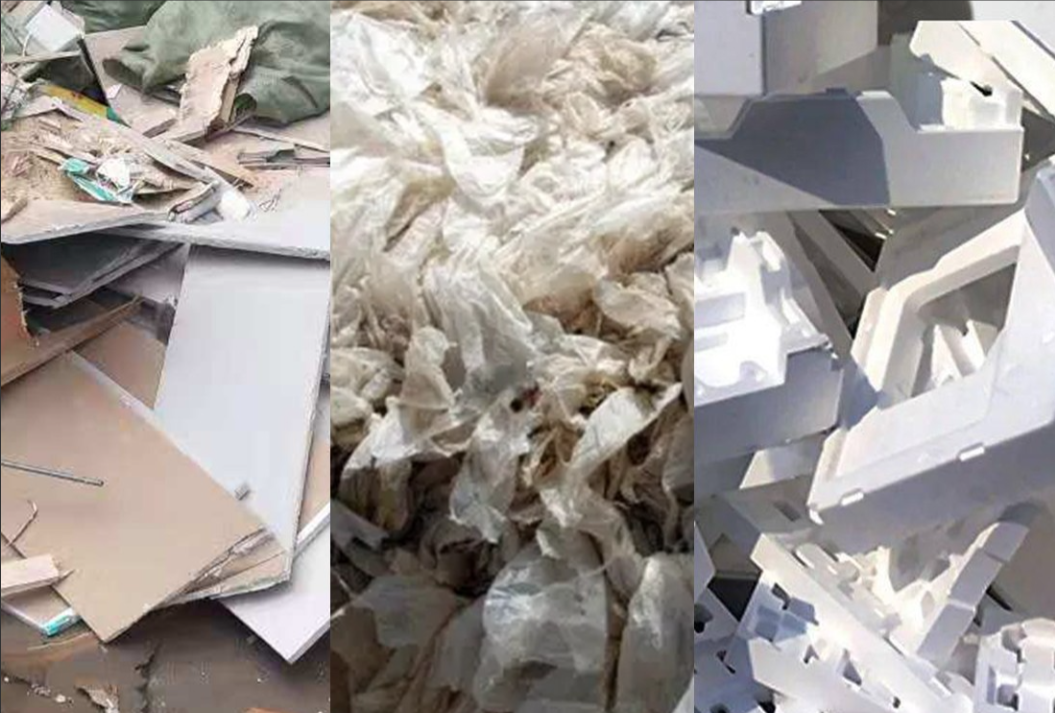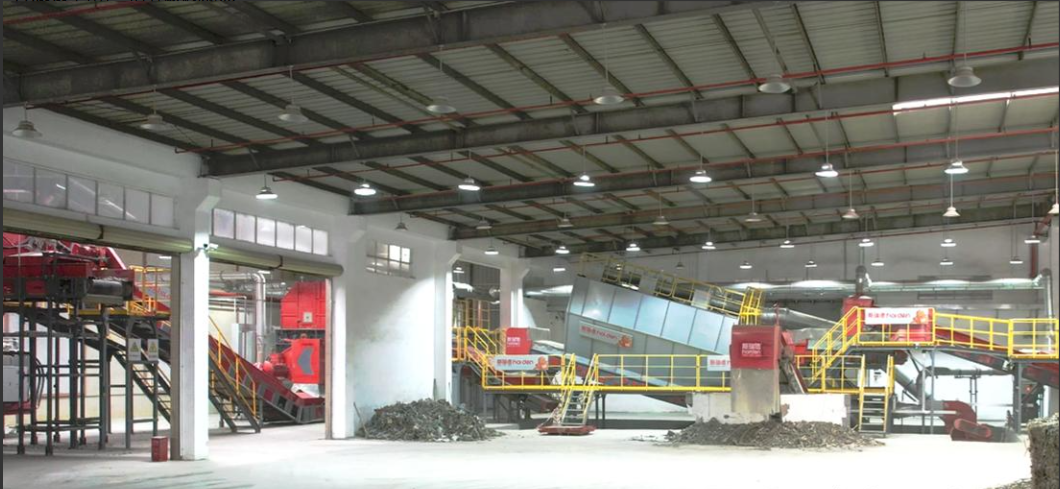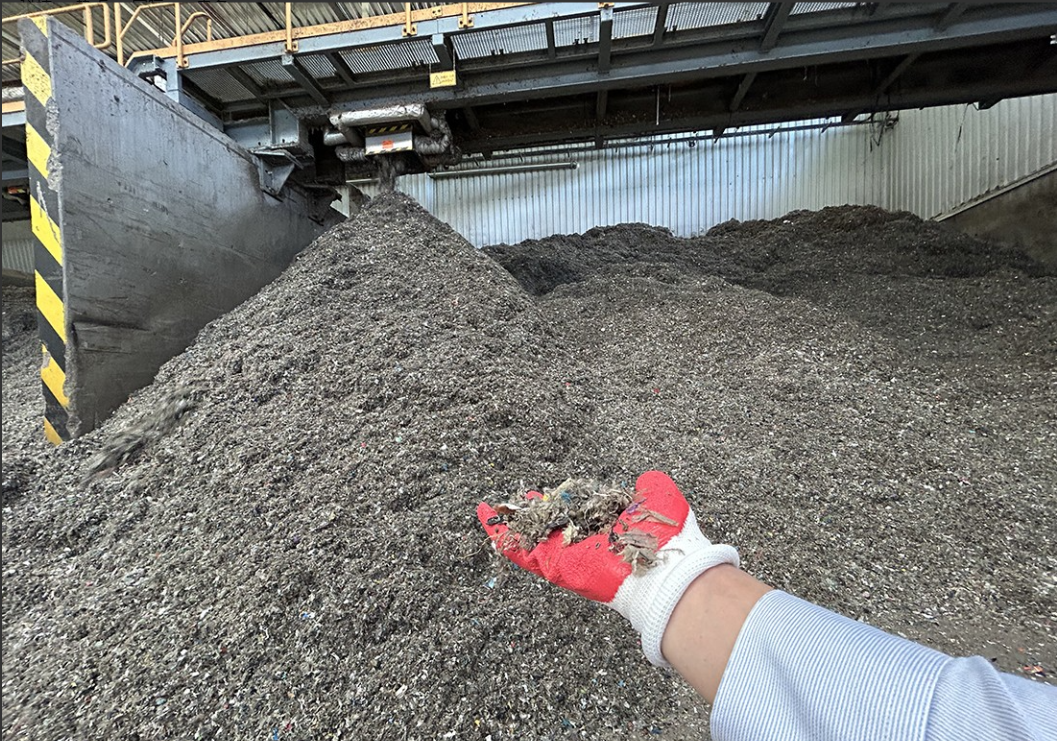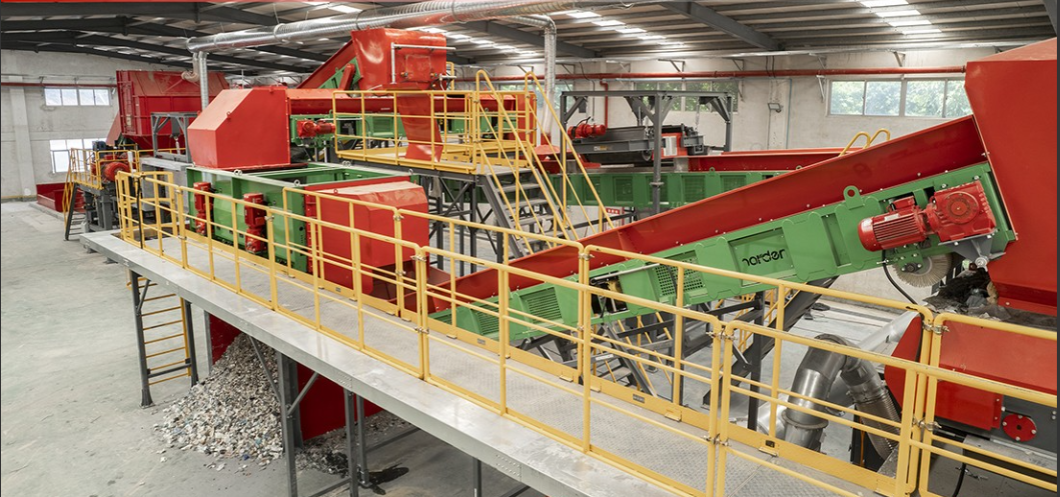Turning Construction and Demolition Waste into Fuel? !
Direct landfilling or incineration not only occupies land and pollutes the environment but also wastes valuable energy resources.
1. Construction and Demolition Waste
C&S waste is complex in composition. Beyond heavy materials like concrete and masonry, it includes significant amounts of lightweight combustibles:
Wood: ~25% by volume, calorific value up to 4,000 kcal/kg
Plastics: ~15%, with a calorific value comparable to coal
Textiles, paper, foam & other combustibles: ~15%, highly efficient for burning
However, these combustibles are often left unused due to sorting difficulties or landfilled with mixed waste, leading to resource waste and heavy metal pollution.

2. RDF Technology
Harden Shredder's RDF (Refuse-Derived Fuel) technology converts construction waste into valuable fuel through three core steps:
Intelligent Sorting: Magnetic separators, air classifiers, trommel screens, and other equipment remove impurities (metals, gravel, etc.), achieving >95% combustible purity.
Precision Shredding: Harden’s two-shaft shear shredder + single-shaft shredder reduce particle size to <50mm, optimizing combustion efficiency.

3. Dual Benefits: Environmental & Economic Value of RDF
✅ Emission Reduction: Burning 1 ton of RDF cuts 1.5 tons of CO₂emissions, with only 1/4 the CO₂ output of coal.
✅ Cost Efficiency: RDF costs just 1/3 the price of standard coal, with a 68% thermal substitution rate—1 ton RDF replaces 0.7 tons of coal.

4. Case Study
At the Yangjiang Construction Waste Recycling Center (Guangdong,China), Harden's RDF production system processes 20 tons/hour of construction waste, generating annual RDF output equivalent to 140 tons of coal and saving >€10,000/year.

When used in cement plants, RDF reduces >100,000 tons of CO₂/year and cuts €1.5-2.3/ton clinker production costs.
From "waste overload" to "energy rebirth", Harden's RDF technology is reshaping the future of municipal solid waste management.

